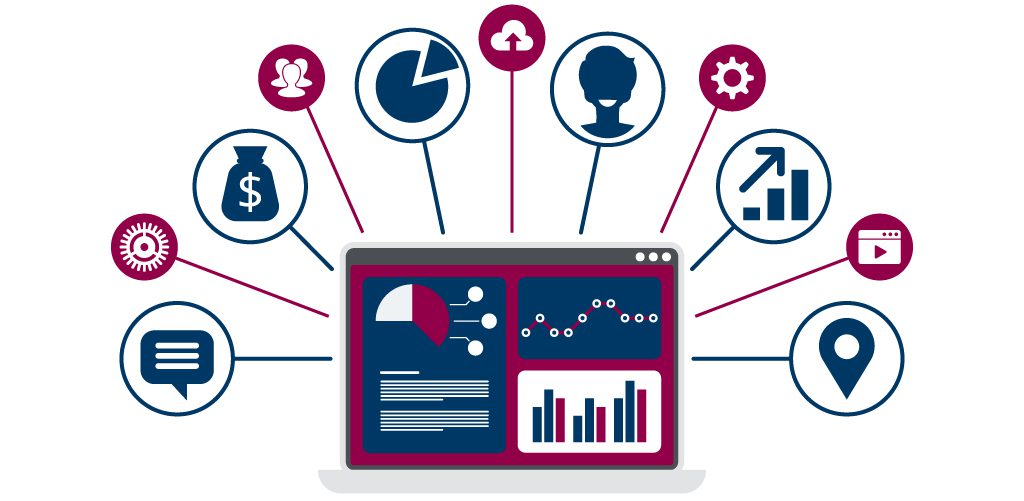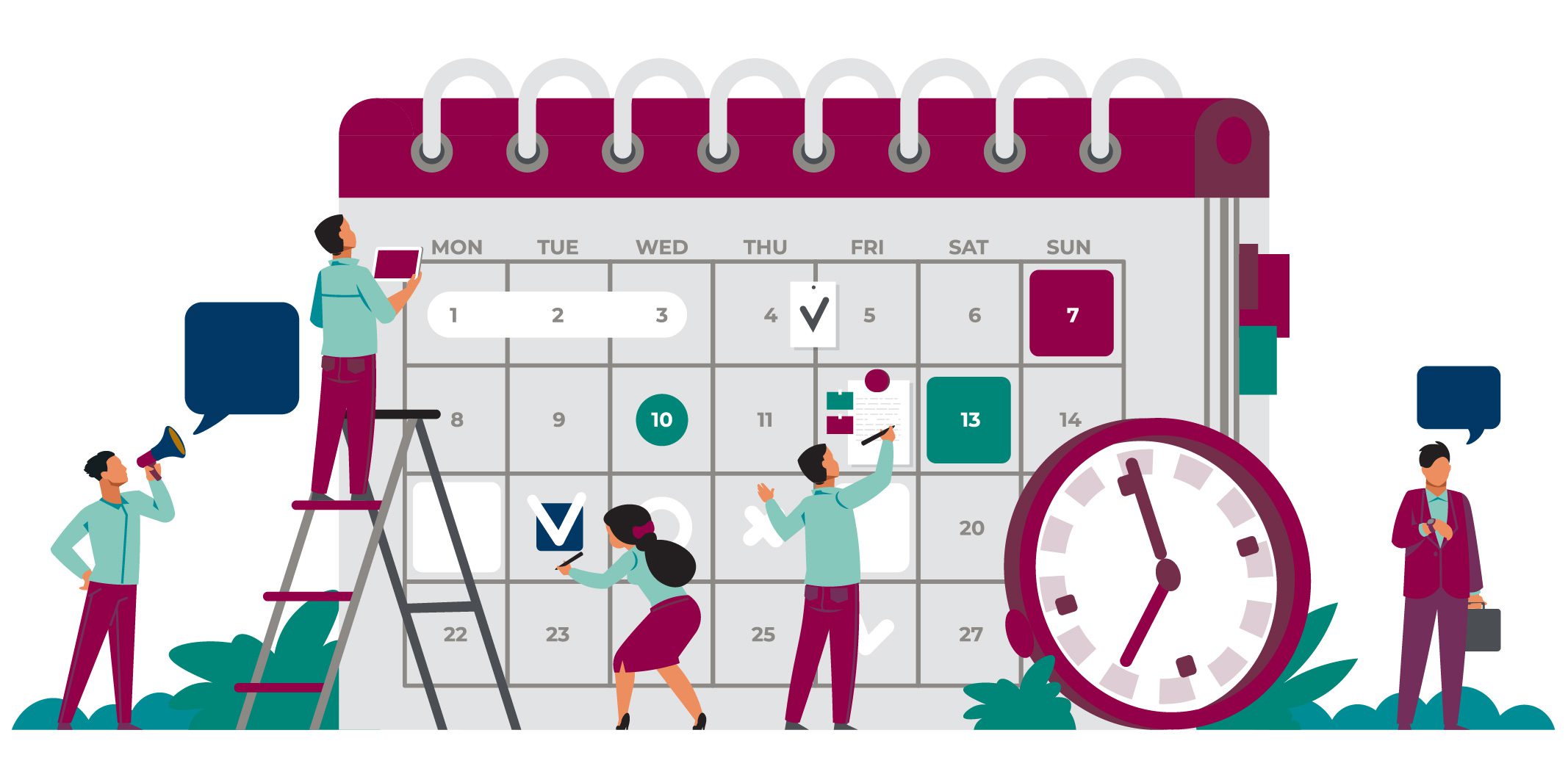Top Digital Investments for the Financial Close
Blog post
Share
Capturing the Gains From Technology: The New Normal for the CFO
Advances in digital and automation technologies have created unprecedented opportunities for CFOs to gain efficiencies across their finance functions. In terms of time-saving alone, research conducted by EY shows that companies with automated manual accounting processes have been able to free up between 20% and 60% of staff time. These freed-up resources, they conclude, now focus on delivering deeper organizational insights that help mitigate risk.
Mind the Gap: ERPs Leave Gaps That Must be Addressed
When it comes to getting a clear picture of your organization’s health, the complexity of multiple ERPs can create more challenges than opportunities. As Daniel Epstein, a senior financial research analyst at FinancesOnline, explains, ERPs have inherent weaknesses:
Data needs to be manually inputted or uploaded through a spreadsheet without integration with other data. ERPs also lack the ability to provide a holistic overview of long-term planning capabilities and real-time reporting while still requiring the exportation of data into spreadsheets for analysis, and ultimately, they lack mobility, constraining staff to their desk to access the required information.
ERPs are an integral part of the organization and for good reason. They are a powerful tool for managing day-to-day activities and the quantitative information that a company produces. However, large portions of the financial close process still happen outside of the ERP, creating gaps that require manual execution to complete. As companies expand their operations internationally or grow their business through acquisitions, the number of ERP systems they use to store and share business process information also increases. This results in different teams using various systems for storing and sharing data. Whether you’re using one ERP or multiple ERPs, these gaps introduce material risk and create manual processes causing rework, inefficiencies and low employee morale.
In order to capture the full benefits of ERPs, leading companies are looking beyond their ERPs and investing in purpose-built automation solutions to streamline the financial close process. With the automation solutions implemented, teams can work more productively, create seamless processes and ensure data accuracy.

The Business Case for Financial Close Automation
For those lagging behind the automation agenda, there’s a lot to lose. This Trintech study states that a lack of automation is the largest contributing factor to an inefficient financial close. Of the 500 finance professionals in the survey, 88% of respondents identified lack of automation, manual work and errors as the reasons preventing them from having an efficient financial close process. Almost half (45%) said that their automation was simply fundamental and extended to only being able to export spreadsheets from their respective ERP systems.
Others conclude that companies that do not adopt automation technology will also lose a competitive advantage in their markets. Recently, Forrester Consulting, a leading research firm that provides independent and objective research-based consulting, conducted a survey of over 335 finance and IT leaders from around the world to further understand the challenges facing today’s Office of Finance.
They found that 90% of respondents experience challenges with the financial close process and that the typical close is rife with time-consuming manual steps, under-supported and at serious risk of experiencing errors.
Additionally, they found that the organizations that don’t rectify these core areas become less agile and are at risk of falling behind competitors who are introducing advanced technological capabilities such as AI that benefit the entire organization.
The pandemic quickly forced CFOs to adapt to remote work and digital challenges. Finding the right financial close automation solution is essential for businesses to move forward. Now is the time for organizations to institutionalize technology to standardize and automate key financial processes to continue supporting their efforts to reduce costs, increase productivity and improve processes across the entire finance organization.

Big Wins in Record to Report at Sanofi
For Sanofi, one of the largest global pharmaceutical companies, the solution came when they found an integrated, Record to Report platform that could automate key processes such as close management tasks, account reconciliations and journal entries across their operations in 95 countries around the globe.
Cadency® by Trintech, a Record to Report platform for large enterprises, helped Sanofi harmonize the multiple ERP platforms they had in use, standardize processes, eliminate manual activities and provide better information for both internal and external auditors.
When implementing Cadency, Sanofi defined common management tools, rules and processes to follow for their financial close, accounts reconciliation, and manual journal entries.
“This becomes the enabler for the standardization, harmonization, and common ways of working across the different regions in all our countries.”
– Anna Vilomara Cervantes, Global Accounts to Reports Solutions Project Lead at Sanofi
After integrating its SAP ERP system with the Record to Report solution from Trintech, Sanofi also improved productivity for more than 2,300 users, increased compliance for more than 2,505 accounts and increased visibility into its financial status for business users and upper-level management.
Learn how Cadency combines all R2R activities into a single seamless process, closes the gaps left by ERPs and gives CFOs the ability to transform their financial process.
This article was originally published on CFO Dive.

